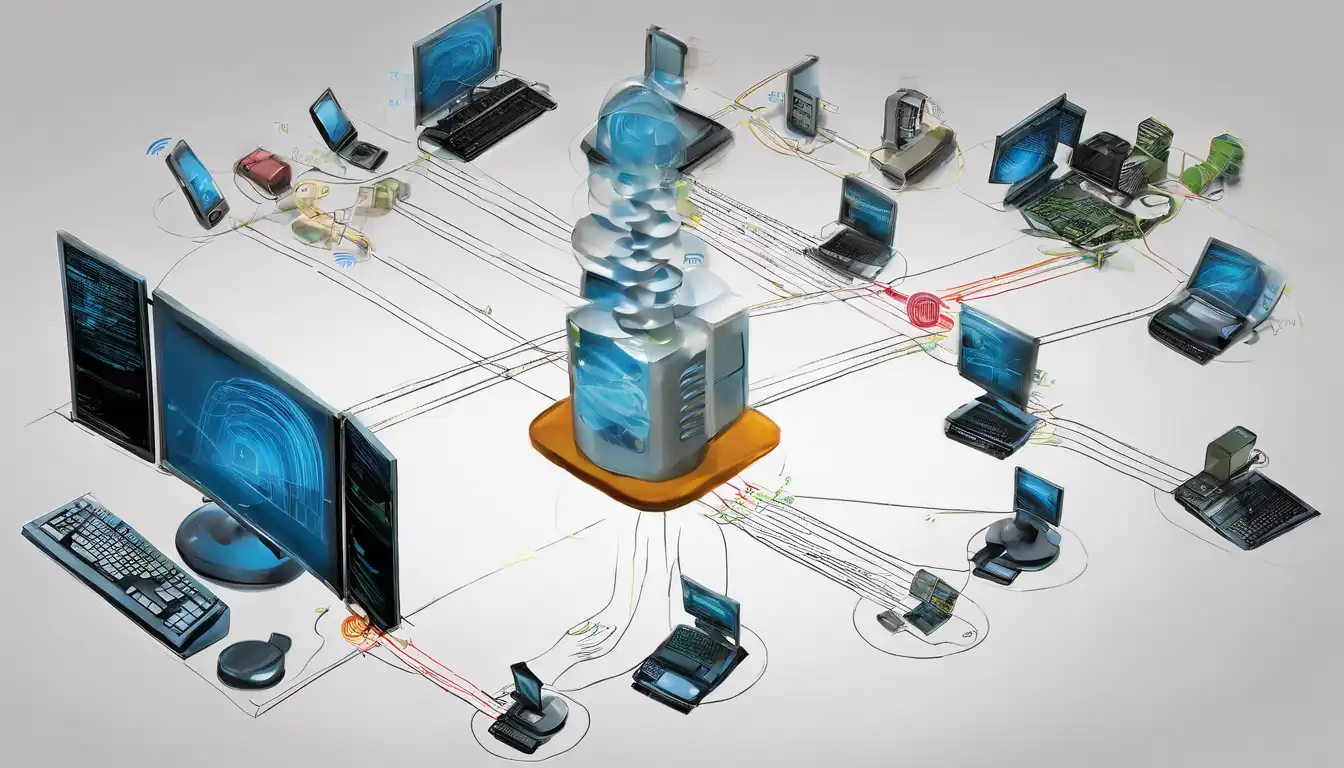Introduction to Wireless Networking Technologies
Wireless networking technologies have revolutionized the way we connect to the internet and to each other. From WiFi to Bluetooth, and now 5G, these technologies offer unparalleled convenience and speed. This article delves into the basics of wireless networking technologies, explaining how they work and their applications in today's digital world.
WiFi: The Backbone of Wireless Internet
WiFi technology is perhaps the most well-known form of wireless networking. It allows devices to connect to the internet without the need for physical cables. WiFi operates on radio waves, specifically the 2.4 GHz and 5 GHz frequency bands, offering different ranges and speeds. For more on how WiFi works, check out our detailed guide.
Bluetooth: Connecting Devices Over Short Distances
Bluetooth technology is designed for short-range communication between devices. It's commonly used for connecting headphones, keyboards, and other peripherals to computers and smartphones. Unlike WiFi, Bluetooth doesn't require an internet connection, making it ideal for device-to-device communication.
5G: The Future of Wireless Communication
5G is the latest advancement in wireless technology, offering faster speeds and more reliable connections than its predecessors. It's set to transform industries by enabling innovations like autonomous vehicles and smart cities. Learn more about the potential of 5G in our 5G future article.
Other Wireless Networking Technologies
Beyond WiFi, Bluetooth, and 5G, there are other wireless technologies worth mentioning, such as Zigbee and NFC. These technologies serve specific purposes, from home automation to contactless payments.
Choosing the Right Wireless Technology
Selecting the appropriate wireless technology depends on your needs. For internet access, WiFi is the go-to choice. For connecting peripherals, Bluetooth is ideal. And for cutting-edge speed and reliability, 5G is unmatched. Consider the range, speed, and power requirements when choosing a technology.
Conclusion
Wireless networking technologies are integral to our daily lives, offering convenience and connectivity. Understanding the differences between these technologies can help you make informed decisions about which to use for your specific needs. As technology evolves, we can expect even more innovative solutions to emerge.
